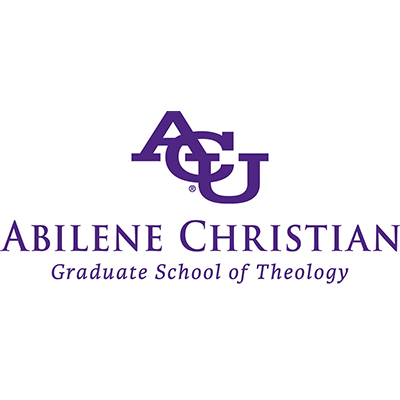Our colleague Wendell Willis, who teaches New Testament, offered this devotional in worship yesterday. Our thanks for him for sharing it.
If you have worshipped with very small churches, especially in mission contexts where there are only a handful of believers in the midst of a very large city, perhaps you have thought about how they see themselves in the context of their surroundings. What gives you hope when you are one of 15 members in a city of 2 million? One thing is to take a long view of the church.
In C. S. Lewis’ classic allegory, The Screwtape Letters the senior demonic mentor, Screwtape, tells his nephew, Wormwood, that in order to squelch the beginning faith of a new Christian convert, he should make him focus on the church and the many faults and disagreeable features of the members. So that is how he will see the church, not as Screwtape and other demons see her: “terrible as an army spread out over the ages with banners unfurled.”
One of the most intriguing passages in Scripture is found in Revelation 5, the description of worship around the heavenly throne. Most often when we read Revelation we assume that it pictures the future of the church—and often it does. But in Revelation 5, we see also the present life of the church. For when John sees into the heavenly throne room, and hears the singing of angelic and redeemed voices, he also smells the incense which surrounds the throne. He then explains that the incense “are the prayers of the saints.” There is some sense in which what we are doing here is caught up into the larger story of God and the worship of him.
Often when we gather to remember the Lord at this table, we should remember this in association with the Lord’s Supper. Here is an activity that begins with the sunrise of a new Sunday in Greenwich, England, then continues to circle the world like a wave. Every hour, even every minute, each Lord’s day a church assembles, partakes of the communion and then passes the Supper on to the next time zone and the next churches. Thus communion takes twenty-four hours each Sunday. If the church is most clearly seen to be the church in the communion, it is most clearly seen to be universal too.
Perhaps the most popular play staged each spring at high schools around the land is Thornton Wilder’s “Our Town.” In that touching play, the town includes those citizens alive, but also those who have passed on and now reside in the cemetery. Their shadows fall across the town as well—they continue to be town members. For Christians that is true in a similar fashion.
The truth is that at any particular time and place, an assembled church, as we are today, is but a small part of the church. The church includes not only those alive all around the world, but also those who have died. What is called “the communion of the saints.”
Prayer for the Bread: God our Father, as we now share in the bread that binds us to Jesus, give us an enlarged vision of your church than encompasses not only all the earth but all time. Thereby we may realize how much we have shared in the body of Christ and how eternal is your church. We thank you in Jesus’ name.
Prayer for the Cup: Lord as we drink from this cup in remembrance of Jesus’ shed blood we also recall how long that redeeming blood has flowed to reach down to us. Give us grateful hearts for those believers who have brought the gospel to our time, and recommit ourselves to passing on this gospel to yet other places and times. In this way may we too have a share in the communion of saints, called by Jesus, through whom we pray.
